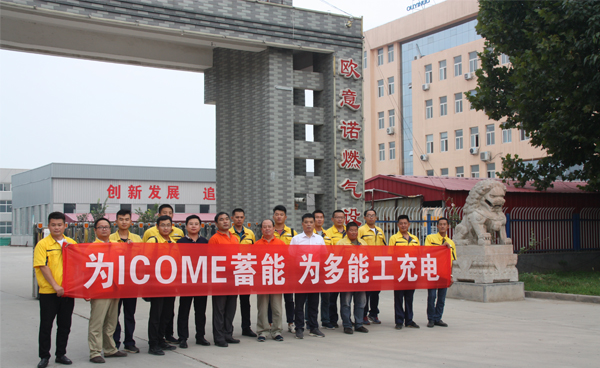
Dec . 13, 2024 06:09
Back to list
منظم الضغط
Understanding Pressure Regulators An Essential Component in Fluid Systems
Pressure regulators are critical devices used across various industries to ensure that fluid systems operate efficiently and safely. Whether in natural gas distribution, water supply systems, or the medical field, these devices help maintain a consistent pressure level, preventing potential damage to equipment and ensuring user safety.
What is a Pressure Regulator?
A pressure regulator is a mechanical device designed to automatically control the pressure of a fluid—either liquid or gas—within a system. Its primary function is to reduce the incoming pressure to a predetermined level, allowing the system to function within safe operating limits. By maintaining this steady pressure, regulators not only protect sensitive equipment but also improve the overall efficiency of the system.
Types of Pressure Regulators
Pressure regulators come in various types, each suited for different applications
1. Single-Stage Regulators These are typically used for low-pressure applications where the incoming pressure does not vary significantly. They provide a quick response to changes in downstream demand.
2. Two-Stage Regulators Ideal for high-pressure systems, these regulators reduce pressure in two distinct steps, ensuring more stable output pressure even with fluctuating inlet pressures.
3. Back Pressure Regulators Used in applications where the pressure at a certain point must be maintained, these regulators help control the pressure in the system by relieving excess fluid back to the supply line.
4. Relief Valves While not strictly a pressure regulator, relief valves play a crucial role in preventing overpressure scenarios by automatically venting fluid when the pressure exceeds a certain limit.
.
Pressure regulators operate based on a simple principle an internal diaphragm reacts to changes in pressure. When fluid flows, it acts on the diaphragm, which in turn moves a valve to either allow more fluid through or restrict it. This feedback mechanism ensures that the output pressure remains constant, regardless of incoming pressure fluctuations or downstream demands.
منظم الضغط

Importance of Pressure Regulation
The importance of pressure regulation cannot be overstated. In industrial processes, too much pressure can lead to equipment failure, leaks, or even hazardous situations such as explosions. For instance, in gas distribution systems, a sudden spike in pressure can cause pipelines to rupture. Similarly, in medical applications, inaccurate pressure levels can compromise patient safety and the effectiveness of treatments.
Moreover, effective pressure regulation can lead to significant cost savings. By ensuring that systems operate within optimal pressure ranges, businesses can reduce wear and tear on equipment, decrease energy consumption, and lower maintenance costs.
Choosing the Right Pressure Regulator
When selecting a pressure regulator, several factors must be considered
- Application Requirements Understand the specific needs of your system, including the type of fluid, operating pressure range, and required flow rates.
- Material Compatibility Ensure that the regulator materials are compatible with the fluids being handled to prevent corrosion or degradation.
- Pressure Range Choose a regulator that can handle the expected range of pressures to ensure reliable performance.
- Regulator Type Decide on the type of regulator (single-stage, two-stage, or back pressure) based on the system's complexity and pressure variation.
Conclusion
In conclusion, pressure regulators are vital components of fluid systems that ensure safety, efficiency, and reliability. Understanding how they work and their importance in various applications can help industries maintain optimal operations while safeguarding equipment and personnel. As technologies advance, the role of pressure regulators will continue to expand, making their effective selection and management even more crucial for future developments.
Latest news
-
Safety Valve Spring-Loaded Design Overpressure ProtectionNewsJul.25,2025
-
Precision Voltage Regulator AC5 Accuracy Grade PerformanceNewsJul.25,2025
-
Natural Gas Pressure Regulating Skid Industrial Pipeline ApplicationsNewsJul.25,2025
-
Natural Gas Filter Stainless Steel Mesh Element DesignNewsJul.25,2025
-
Gas Pressure Regulator Valve Direct-Acting Spring-Loaded DesignNewsJul.25,2025
-
Decompression Equipment Multi-Stage Heat Exchange System DesignNewsJul.25,2025

